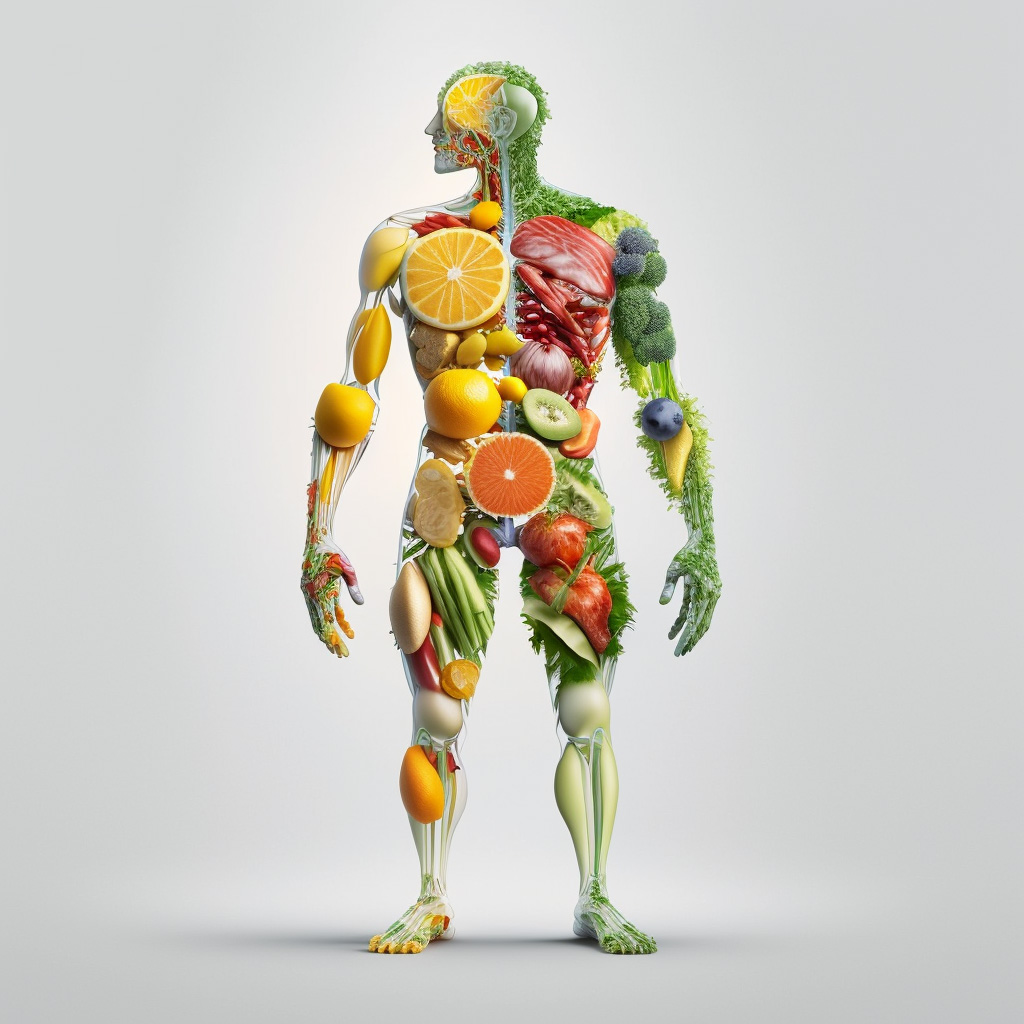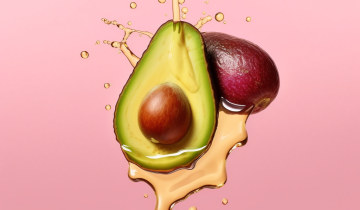Approximately 25% of our recycling is too contaminated and ends up being thrown away.
Even a small amount of contamination can result in the entire batch of recyclables being discarded.
Here are eight common recycling mistakes to avoid and alternative actions to take.
It’s crucial to prioritize sustainability and encourage everyone to contribute to preserving our planet. Our aim is for future generations, including our children and grandchildren, to thrive on a healthy, clean, and sustainable Earth. To help you on this journey, here are eight common recycling mistakes to be aware of and what you can do differently.
Avoiding Recycling Plastic Bags and Packaging
It’s important to note that plastic bags, including grocery bags, Amazon bags, produce bags, and food packets like chip bags, are not recyclable. Instead of tossing them in the recycling bin, opt for a more sustainable choice by using recycled tote bags to carry your items. This not only benefits the environment but also helps keep your drawer clutter-free.
Avoid buying items in this packaging and opt to shop at a refillable store with your food items.
Proper Disposal of Wrapping Paper
It’s essential to know that gift wrapping paper that contains metallic elements or non-paper decorations is not recyclable. However, there’s a fantastic alternative available. When you have a birthday party or special occasion to celebrate, consider using brown paper bags as wrapping paper or go for the traditional Japanese fabric gift wrapping called Furoshiki. Not only is it just as effective, but it also adds a touch of cuteness to your gifts. By choosing this eco-friendly option, you contribute to a greener future.
Proper Disposal of Paper Towels
Prepare for a surprising fact: paper towels cannot be recycled, but they can be composted! Instead of relying on paper towels, consider using small rags or sponges to wipe down surfaces. By making this simple switch, you not only reduce waste but also have the option to compost the used materials. It’s a small change that can make a big difference in promoting sustainability.
Proper Handling of Greasy Pizza Boxes
During those enjoyable family pizza nights, it’s important to be aware that pizza boxes can only be recycled if they are completely clean. If there are grease marks or leftover sauce on the box, it cannot be recycled but can instead be composted. So, before placing your pizza box in the recycling bin, make sure to clean out any leftover food residues. This simple step ensures that you’re properly disposing of the box and promoting sustainable waste management practices.
Proper Disposal of Styrofoam
When it comes to styrofoam cups or takeout boxes, it’s important to note that styrofoam is not recyclable. To minimize the use of styrofoam, consider using glass containers for storing leftovers instead. Not only does food taste better when stored in glass containers, but it’s also an eco-friendly alternative.
Proper Handling of Coffee Cups
It can be surprising, but coffee cups are not recyclable due to the plastic films on the inside. Therefore, they should be disposed of as trash. However, takeout coffee lids are typically recyclable. If you frequently order coffee on the go, make sure to separate the lid from the cup and throw the cup in the trash. To adopt a more sustainable approach, consider bringing your own reusable to-go mug when visiting coffee shops.
Tossing old receipts in the recycling.
This one was a surprise to me: all receipts must be trashed due to the high BPA content (bisphenol A) that could contaminate the recycling. BPA is an endocrine disrupter and is actually harmful to kids and pregnant women. To reduce waste, try opting for a digital receipt instead.
Recycling Appropriate Items
It’s important to know that many household items can be recycled if you find the right recycling program or facility.
For instance, IKEA offers a recycling program for batteries, fluorescent light bulbs, and mattresses. Staples accepts ink cartridges, old electronics, and rechargeable batteries for recycling. Nike collects used running shoes to repurpose them into various products such as turf, tracks, and playground padding.Additionally, items like glasses, old cell phones, and crayons can also be recycled. Before discarding something, it’s worth doing a quick Google search to find local retailers or facilities that accept these items for recycling.
In summary, practicing sustainability can be as simple as making these switches in your daily life. Personally, I’ve found that having less clutter at home leads to a clearer mind. Embracing a more minimalistic approach, inspired by Marie Kondo’s philosophy, can bring about a positive change in our lives and the environment.






 No products in the cart.
No products in the cart. 